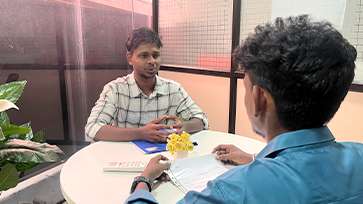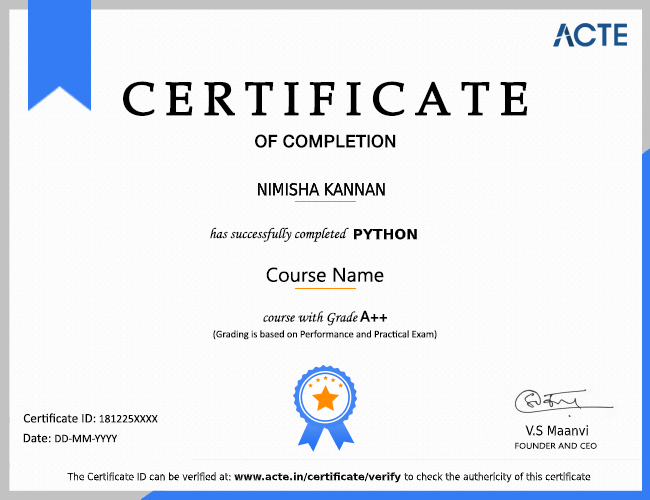1. Could you explain your experience and function as a Scrum Master?
Ans:
Certified in Scrum, with experience guiding Agile teams across multiple projects. Responsibilities include facilitating sprint planning, daily stand-ups, sprint reviews and retrospectives. The role involves removing obstacles, promoting collaboration and ensuring teams deliver high-quality results on time while supporting continuous improvement.
2. How would you define Scrum and how does it differ from Agile?
Ans:
Scrum is a framework within Agile that organizes work into short, iterative cycles called sprints. Agile is a set of principles and values, while Scrum provides defined roles, events and artifacts to apply Agile methods systematically and achieve predictable results.
3. What are the main duties of a Scrum Master?
Ans:
A Scrum Master ensures smooth execution of Scrum by facilitating all Scrum events, coaching the team on Agile practices, assisting the Product Owner and removing impediments. They also promote teamwork, maintain transparency and guide continuous improvement.
4. How should conflicts within a Scrum team be resolved?
Ans:
Conflicts are managed by encouraging open communication, guiding discussions and fostering understanding among team members. The focus is on collaborative problem-solving, maintaining a positive environment and preventing escalation of issues.
5. What are the key Scrum artifacts and their significance?
Ans:
Scrum artifacts include the Product Backlog, Sprint Backlog and Increment. These offer openness, show progress and make sure that all stakeholders and team members are aware of the objectives and tasks.
6. How is quality maintained within a Scrum team?
Ans:
Quality is ensured through practices such as Test-Driven Development, continuous integration, peer reviews and sprint retrospectives. These methods help the team follow best practices while delivering work that meets sprint objectives effectively.
7. What is a burndown chart and how is it applied?
Ans:
A burndown chart tracks the remaining work in a sprint over time. It helps teams monitor progress, spot potential delays early and stay on track to achieve sprint goals.
8. How should changes during a sprint be handled?
Ans:
Changes are addressed by collaborating with the Product Owner and team. Critical changes can be included immediately with replanning, while less urgent requests are added to the Product Backlog for future prioritization.
9. How is a daily stand-up conducted effectively?
Ans:
Daily stand-ups are short meetings where team members share completed work, planned tasks and any blockers. Meetings are time-boxed, focused and inclusive, keeping the team aligned and enabling quick resolution of issues.
10. How is the performance of a Scrum team measured?
Ans:
Team performance is measured by meeting sprint goals, quality of deliverables, collaboration, stakeholder satisfaction and continuous improvement. A successful Scrum team consistently delivers value and learns from each sprint.

























